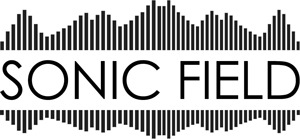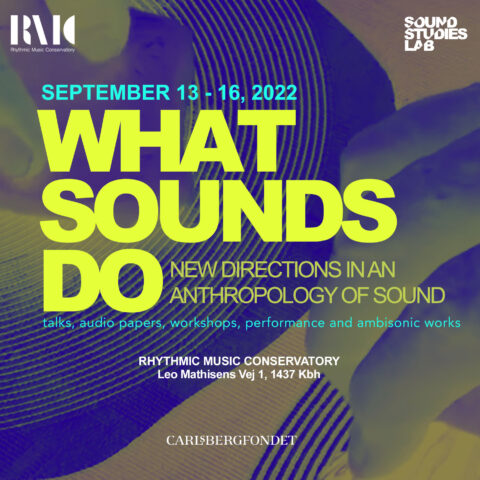
Lisa Hall from CRiSAP is curating an online sound art exhibition, calling “for sound works that explore the sonic condition of our cities around the world, interrogating how our urban spaces have been built in sound, and what our sonic agency is within them.” It’s currently open, until 17 May 2020, with a fee of £150 per selected work.
Over half the world’s population live in urban environments; there are over 1000 cities worldwide including 30+ ‘megacitites’ that house more than 10 million people each. Within just 10 years this will increase, and two thirds of the global population will live in urban environments. How have we built our urban environments in sound? How do these environments audibly differ from one another, and how are they similar? How is the urban sound environment constructed from the architecture, infrastructure, culture, society, laws, geographic region, voices, technologies etc that contribute to the sound environments? What was considered in the building of these sonic spaces, what was decided, and was this accidental or arbitrary? What are the sounds, the silences, and the rules for listening and audibility that operate within these spaces? When is it immovable, or mobile, and what are we contributing to this sound environment at an individual level? How, through creative sound-based acts, can we push and pull at this sonic urbanity – to test its edges, its weaknesses, its strengths, to explore the intentions behind it and to insert our own? How can we re-hear, re-think or re-sound what this sonic urban is, not as a design aspiration of the future, but as a survey of the present.
This open call invites relational sound works that interrogate our sonic urbanism and sound out our sonic agency within it – works that trigger a hearing below the surface of our urban sonic landscapes in order to find something else within those same vibrations, to hear the unspoken or the cancelled out, the restraints or opportunities that might be found there, demonstrating our possibilities within these often seemingly impermeable spaces.
While hosted online, selected artworks will require activation directly in public space by audiences (once this is possible again) – the online component to the work should be limited to a score / instruction / materials / direction or other, that leads to the realisation of the work within public space. The audience will be required to activate these works in order to experience them, to sound them out / listen to them / consider them / perform them in public spaces. Any city or urban space around the world is intended to be the stage for these activations, and a process for feedback from audiences will be an ongoing aspect of the exhibition. By enacting these works in multiple sites, it is hoped that a shared hearing and exploration of our sonic cities side by side will be possible, a togetherness across the geographic distances, and new resonances that might prise open new ways of being within our cities.
This open call comes at a time when many of our urban spaces have changed significantly, our streets are currently in / have gone through a time of being empty of their usual animation, replaced with another way of being, our access restricted, and so the urban sonic landscape shifted considerably. Some apparently unstoppable sounds did cease, while others were revealed, increased or joined in. The urban sonic present suddenly changed – what does this reveal to us about the structure of our sonic city? Both artworks exploring this new Covid-19 urban sonic present, and artworks made previously, relevant to the previously animated urban sonic (that will resume / is resuming, in some configuration …), are welcome. The exhibition will only launch once outdoor urban spaces are widely accessible again for non-essential usage – when it would be possible to enact these creative works. We imagine this exhibition to coincide with our return to our shared urban spaces, and to celebrate our being within them together again.





